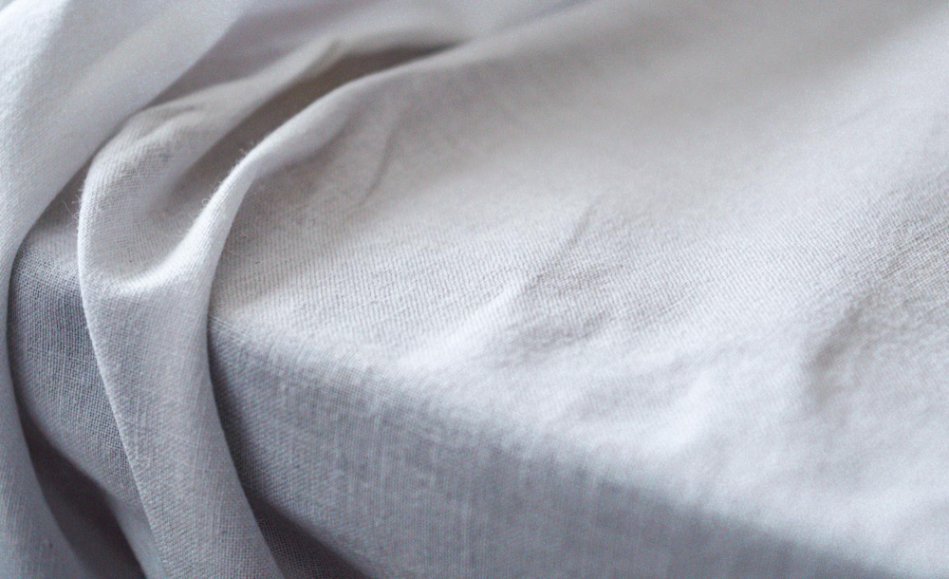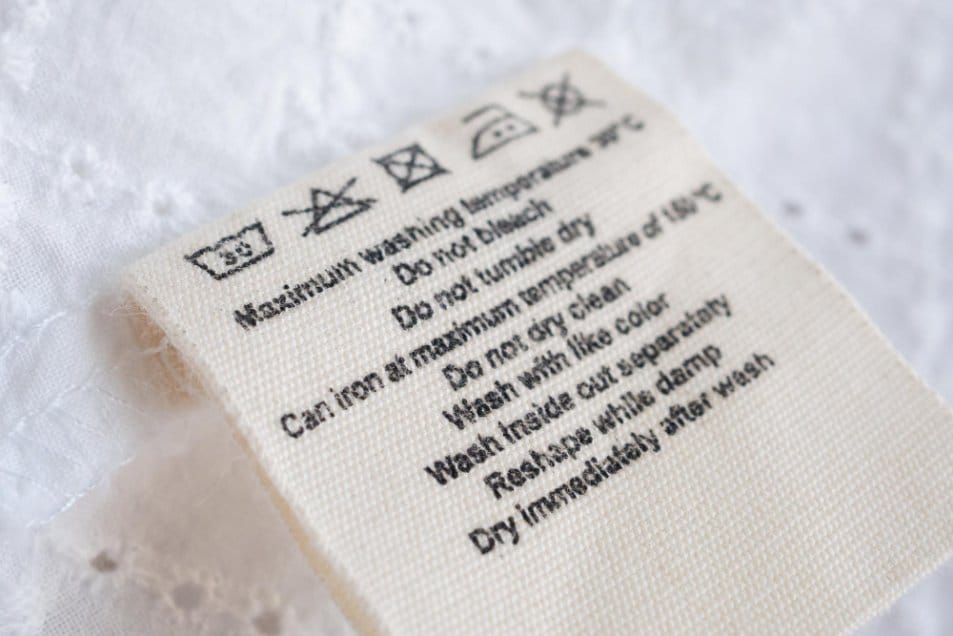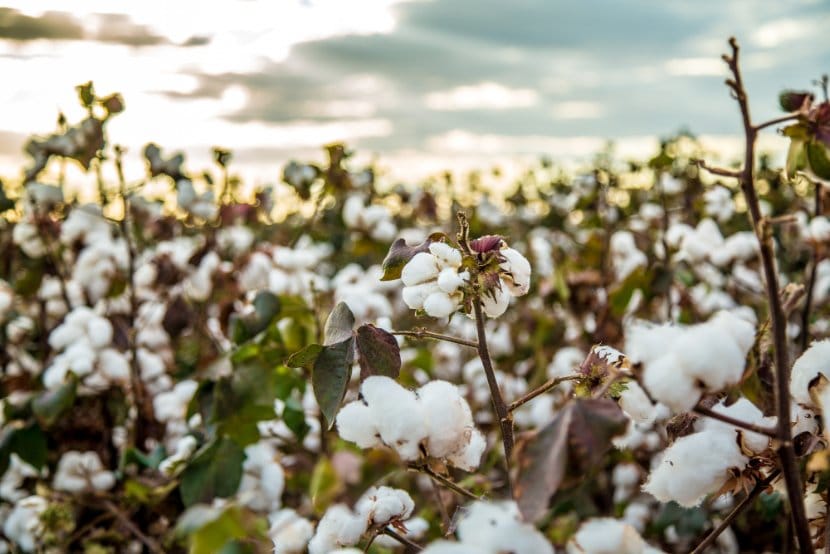Your comprehensive resource for everything about brushed cotton, from manufacturing to care
Table of Contents
- What is Brushed Cotton?
- How Brushed Cotton is Made
- Understanding GSM and Weight Specifications
- Benefits and Performance Properties
- Brushed Cotton vs Other Fabrics
- Uses and Applications
- Care and Maintenance Guide
- Sustainability and Certifications
- How to Choose Quality Brushed Cotton
- Frequently Asked Questions
What is Brushed Cotton?
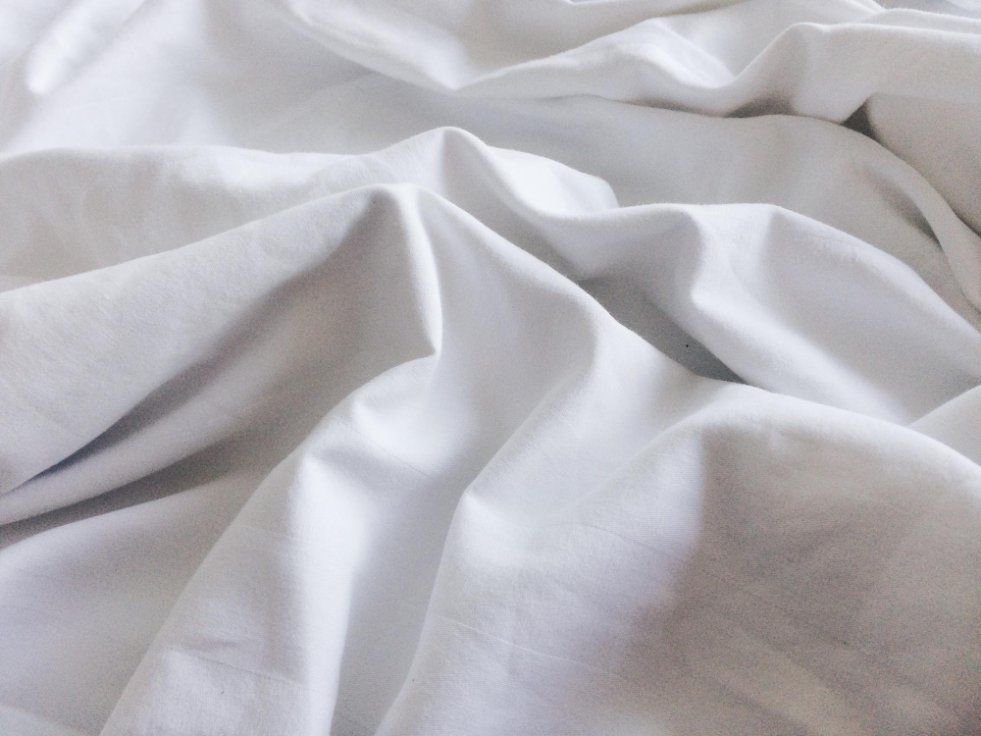
Brushed cotton is a specially treated cotton fabric that undergoes a mechanical process to create a soft, raised surface texture. Unlike regular cotton, brushed cotton features tiny fibers that have been gently lifted from the base fabric using fine metal brushes, creating a plush, velvety feel that traps warm air while maintaining breathability.
The brushing process transforms ordinary cotton into a material that combines the natural benefits of cotton with enhanced insulation properties. This technique creates microscopic air pockets between the raised fibers, providing superior warmth without the weight of traditional thermal fabrics.
Key Characteristic: Brushed cotton can be processed on one side (single-brushed) or both sides (double-brushed), with double-brushed versions offering maximum softness and warmth.
How Brushed Cotton is Made
The Brushing Technique
The creation of brushed cotton involves a precise mechanical process that dates back centuries. Modern manufacturing uses specialized machinery with fine metal brushes that gently tease cotton fibers upward from the woven base, creating the characteristic nap.
- Base Fabric Preparation: High-quality cotton is woven into a tight, stable base fabric using standard weaving techniques.
- Mechanical Brushing: Fine-toothed metal brushes rotate against the fabric surface, lifting fibers without damaging the underlying structure.
- Fiber Raising: The brushing action creates a uniform raised surface, with fiber height controlled for consistent texture.
- Quality Control: Excess lint is removed, and the fabric undergoes inspection to ensure uniform nap distribution.
- Finishing: The fabric may receive additional treatments for softness, pre-shrinking, or color setting.
Single vs. Double-Sided Brushing
Single-sided brushed cotton has the textured finish on one side only, making it lighter and more breathable. Double-sided brushing creates texture on both surfaces, resulting in maximum insulation and softness but with increased thickness and warmth retention.
Understanding GSM and Weight Specifications
GSM (Grams per Square Meter) provides a more reliable measurement of brushed cotton quality than thread count. This metric indicates fabric weight and density, directly affecting performance characteristics.
| GSM Range | Weight Category | Best Uses | Seasonal Suitability |
|---|---|---|---|
| 120-150 GSM | Lightweight | Summer bedding, light apparel | Warm weather |
| 150-180 GSM | Medium weight | Year-round bedding, shirts | Spring, fall, moderate climates |
| 180+ GSM | Heavyweight | Winter bedding, jackets | Cold weather |
Helpful Tools
Use our Fabric Weight Calculator to determine the perfect GSM for your project, or try the GSM to Oz Converter for easy weight comparisons.
Why GSM Matters More Than Thread Count
For brushed fabrics, GSM provides better quality indicators than thread count because the brushing process alters the original thread structure. Higher GSM typically indicates more material per square meter, resulting in better durability and insulation properties.
Benefits and Performance Properties
Thermal Regulation
The raised fiber structure creates natural insulation through trapped air pockets. Research indicates that this design can reduce heat loss by up to 22% compared to smooth cotton surfaces, while still allowing air circulation to prevent overheating.
Moisture Management
Brushed cotton maintains cotton’s natural moisture-wicking properties while the textured surface increases evaporation area. This combination helps regulate body temperature during sleep and reduces the clammy feeling associated with synthetic thermal fabrics.
Advantages
- Enhanced warmth without bulk
- Improved breathability over synthetic alternatives
- Natural hypoallergenic properties
- Suitable for sensitive skin
- Softens with each wash
- Durable and long-lasting
- Easy to care for
Disadvantages
- May pill if not cared for properly
- Can shrink without pre-treatment
- May trap lint and pet hair
- Takes longer to dry than regular cotton
- May be too warm for hot sleepers
- Higher cost than basic cotton
Brushed Cotton vs Other Fabrics
| Fabric Type | Texture | Warmth Level | Breathability | Best Season |
|---|---|---|---|---|
| Brushed Cotton | Velvety, raised fibers | Medium-High | Good | Fall, Winter, Year-round |
| Regular Cotton | Smooth, crisp | Low-Medium | Excellent | Spring, Summer |
| Flannel | Fuzzy both sides | High | Moderate | Winter |
| Cotton Percale | Crisp, cool | Low | Excellent | Summer |
Brushed Cotton vs Flannel
While often confused, brushed cotton and flannel have distinct differences. Flannel is typically brushed on both sides and made from carded cotton, while brushed cotton can be single or double-brushed and uses combed cotton for smoother fibers.
Brushed Cotton vs Jersey
Jersey is a knit fabric with stretch properties, while brushed cotton is typically woven and has minimal stretch. Jersey offers more flexibility but less structure than brushed cotton.
Uses and Applications
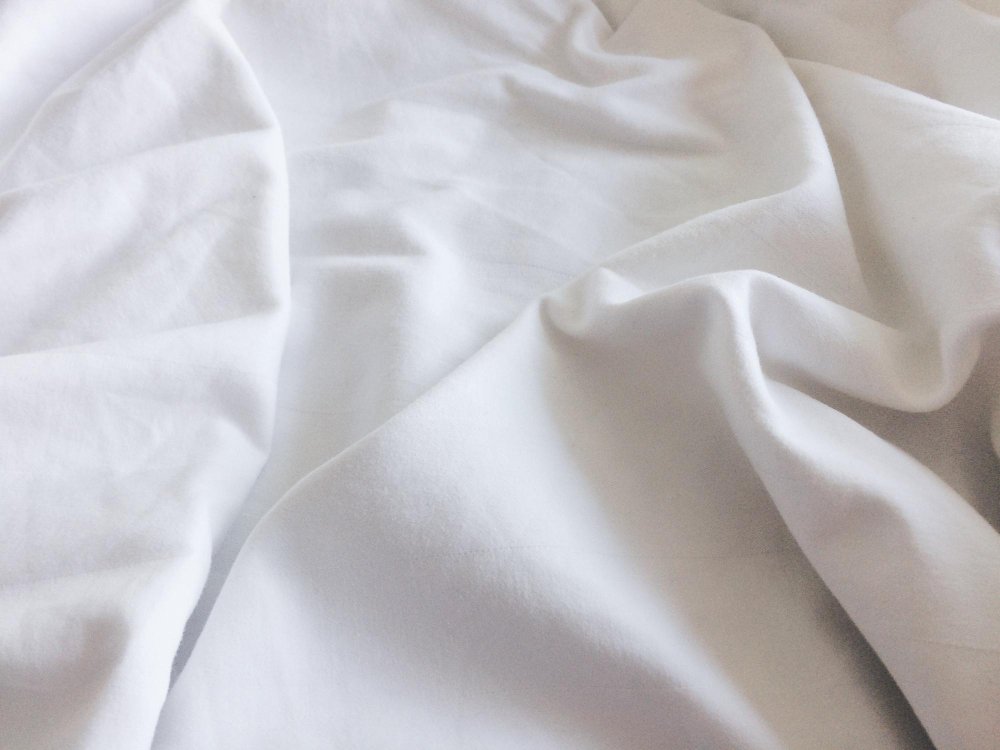
Bedding Applications
Brushed cotton excels in bedding applications, providing year-round comfort with temperature regulation. The fabric works particularly well for:
- Sheet sets for moderate climates
- Duvet covers requiring breathability
- Pillowcases for sensitive skin
- Children’s bedding for comfort and safety
Apparel Uses
In clothing applications, brushed cotton provides comfort without bulk. Popular uses include:
- Casual shirts and blouses
- Lightweight jackets and outerwear
- Children’s clothing for sensitive skin
- Sleepwear and loungewear
Sewing with Brushed Cotton
For those interested in sewing with brushed cotton, this comprehensive video guide explores the characteristics and techniques for working with various cotton fabrics, including brushed cotton’s unique properties and handling requirements.
Seasonal Considerations
Year-Round Versatility: Unlike heavy flannel, brushed cotton’s breathability makes it suitable for year-round use in most climates. Lighter GSM versions work well in summer, while heavier weights provide winter comfort.
Care and Maintenance Guide
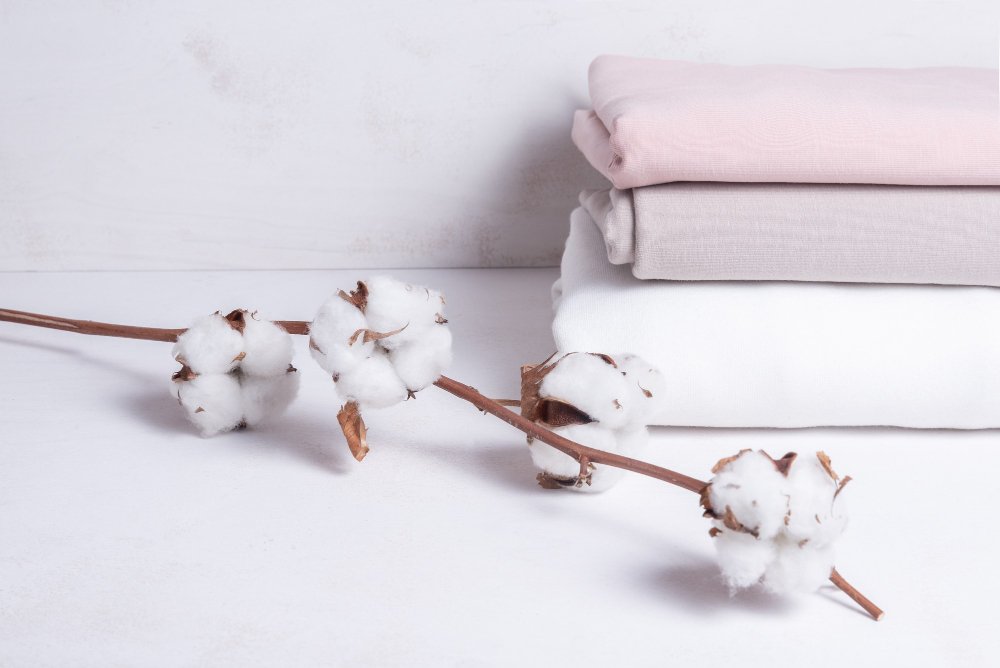
Essential Care Instructions
Proper care ensures brushed cotton maintains its softness and performance over time. Follow these guidelines for best results:
- Pre-wash Preparation: Separate colors and turn items inside out to protect the brushed surface from friction.
- Water Temperature: Use lukewarm water (30-40°C/86-104°F) to prevent shrinkage and color fading.
- Detergent Choice: Use mild detergent and avoid fabric softeners, which can coat fibers and reduce breathability.
- Washing Cycle: Choose a gentle or delicate cycle to minimize mechanical stress on raised fibers.
- Drying Method: Air dry when possible, or use low heat tumble dry to prevent shrinkage and maintain texture.
- Storage: Fold loosely and store in a cool, dry place to prevent creasing and moisture damage.
Preventing Common Issues
- Pilling Prevention: Wash similar textures together and use a mesh laundry bag for delicate items
- Shrinkage Control: Pre-wash fabric before sewing projects and avoid high heat
- Lint Management: Clean dryer filters regularly and avoid over-drying
Care Resources
Check out our comprehensive fabric care guide for detailed washing instructions, or use our Fabric Care Calculator for personalized care recommendations.
Sustainability and Certifications
Organic Options
Organic brushed cotton offers environmental benefits through sustainable cotton farming practices. Look for certifications that verify organic production methods:
- GOTS (Global Organic Textile Standard): The most comprehensive certification covering organic fiber content, environmental criteria, and social standards. Learn more at global-standard.org
- OCS (Organic Content Standard): Verifies organic fiber content in the final product through chain of custody tracking
- OEKO-TEX Standard 100: Tests for harmful substances and ensures chemical safety in textiles
- Better Cotton Initiative (BCI): Promotes sustainable conventional cotton practices with improved environmental and social standards
Environmental Benefits
Organic brushed cotton production supports:
- Soil health through crop rotation and natural fertilizers
- Water conservation via efficient irrigation methods
- Biodiversity preservation without synthetic pesticides
- Carbon sequestration in healthy soil systems
Supporting Sustainable Growth
The Organic Cotton Accelerator works to unite the sector in supporting farmers transitioning to organic methods. Their Farm Programme provides direct support to cotton growers during the critical conversion period, helping ensure sustainable supply chains.
Environmental Impact: Research from Cambridge University shows that organic cotton production can reduce environmental impacts by up to 50% compared to conventional methods, particularly in water usage and chemical inputs.
How to Choose Quality Brushed Cotton
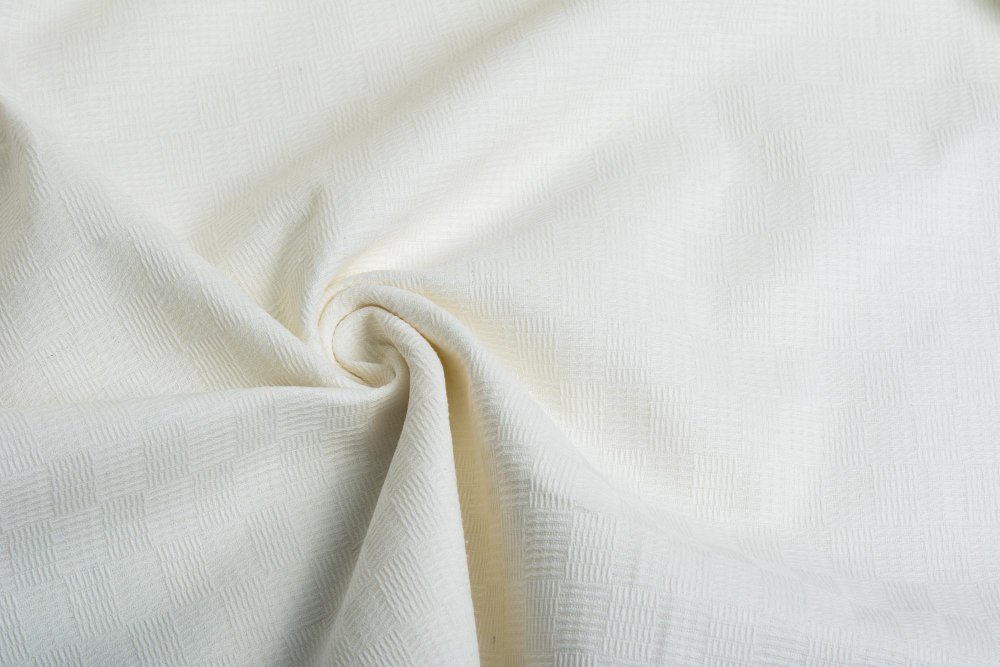
Quality Indicators
- GSM Weight: Choose 150-180 GSM for optimal balance of comfort and durability
- Fiber Quality: Look for long-staple cotton for better durability and softness
- Brushing Uniformity: High-quality brushed cotton has even nap distribution
- Pre-shrinking: Pre-treated fabrics minimize size changes after washing
What to Avoid
- Extremely low GSM (under 120) which may lack durability
- Uneven brushing that creates thin or bare spots
- Cotton blends with high synthetic content
- Products without care instructions or fiber content labels
Price Considerations
Quality brushed cotton typically costs 20-40% more than regular cotton due to the additional processing required. However, the improved comfort and durability often justify the investment for bedding and frequently used items.
Shopping Tools
Use our Fabric Cost Calculator to compare total ownership costs, or try the Fabric Quality Assessment Quiz to determine if a product meets your needs.
Frequently Asked Questions
Brushed cotton can work for summer in lightweight GSM (120-150), especially in air-conditioned environments. However, hot sleepers may prefer lighter summer fabrics like cotton percale or linen for maximum breathability.
Brushed cotton and flannelette are closely related but not identical. Flannelette is typically brushed on both sides and uses carded cotton fibers, while brushed cotton may be single or double-brushed and often uses combed cotton for a smoother finish.
Quality brushed cotton with proper care should not pill excessively. Pilling can occur with poor-quality fabrics, harsh washing, or friction from rough surfaces. Use gentle cycles and avoid fabric softeners to minimize pilling.
New brushed cotton should not feel scratchy if properly manufactured. Any initial stiffness typically softens after the first wash. If fabric feels rough, it may be lower quality or require gentle washing to remove processing residues.
Yes, but use low heat and remove while slightly damp to prevent over-drying. Air drying is preferred to maintain texture and prevent shrinkage. High heat can damage the raised fibers and cause excessive shrinkage.
Traditional flannel is typically warmer because it’s brushed on both sides and often has a higher GSM. Single-brushed cotton offers moderate warmth with better breathability, making it suitable for year-round use.
Brushed cotton naturally has a textured appearance that doesn’t require ironing. In fact, ironing can flatten the raised fibers and reduce the fabric’s characteristic softness and insulation properties.
“Better” depends on your needs. Brushed cotton offers enhanced warmth and softness, making it ideal for cooler weather and those who prefer a cozy feel. Regular cotton provides superior breathability and is better for hot climates or summer use.
Yes, 100% brushed cotton is excellent for most applications. Pure cotton provides natural breathability, hypoallergenic properties, and durability. Avoid blends with high synthetic content that may reduce comfort and breathability.
Like all woven cotton fabrics, brushed cotton can fray at cut edges. The brushing process doesn’t significantly affect fraying. Use proper finishing techniques like serging or French seams when sewing to prevent fraying.
Conclusion
Brushed cotton represents an optimal balance between comfort, performance, and practicality in modern textiles. Through mechanical brushing, ordinary cotton transforms into a fabric that provides enhanced warmth without sacrificing breathability, making it suitable for year-round use in most climates.
The key to successful brushed cotton selection lies in understanding GSM specifications, which provide more reliable quality indicators than traditional thread count measurements. For most applications, 150-180 GSM offers the ideal balance of comfort, durability, and temperature regulation.
Key Takeaways
- Choose Based on GSM: Select weight according to climate and intended use, with 150-180 GSM suitable for most year-round applications
- Prioritize Quality: Look for even brushing, long-staple cotton, and reputable certifications like GOTS or OEKO-TEX
- Care Properly: Use lukewarm water, gentle cycles, and low heat drying to maintain texture and prevent shrinkage
- Consider Sustainability: Organic options provide environmental benefits with comparable performance characteristics
Final Recommendations
For bedding applications, brushed cotton excels in moderate climates and for users who prefer consistent temperature regulation. In apparel, it works well for casual garments and children’s clothing where comfort and skin-friendliness are priorities.
While brushed cotton may cost more initially than basic cotton, its enhanced comfort, durability, and versatility often justify the investment. With proper care, quality brushed cotton products can provide years of reliable service while maintaining their characteristic softness and performance properties.
Whether you’re selecting bedding for better sleep comfort, choosing fabrics for sewing projects, or simply wanting to understand textile options better, brushed cotton offers a practical solution that bridges the gap between basic cotton and specialized thermal fabrics.

